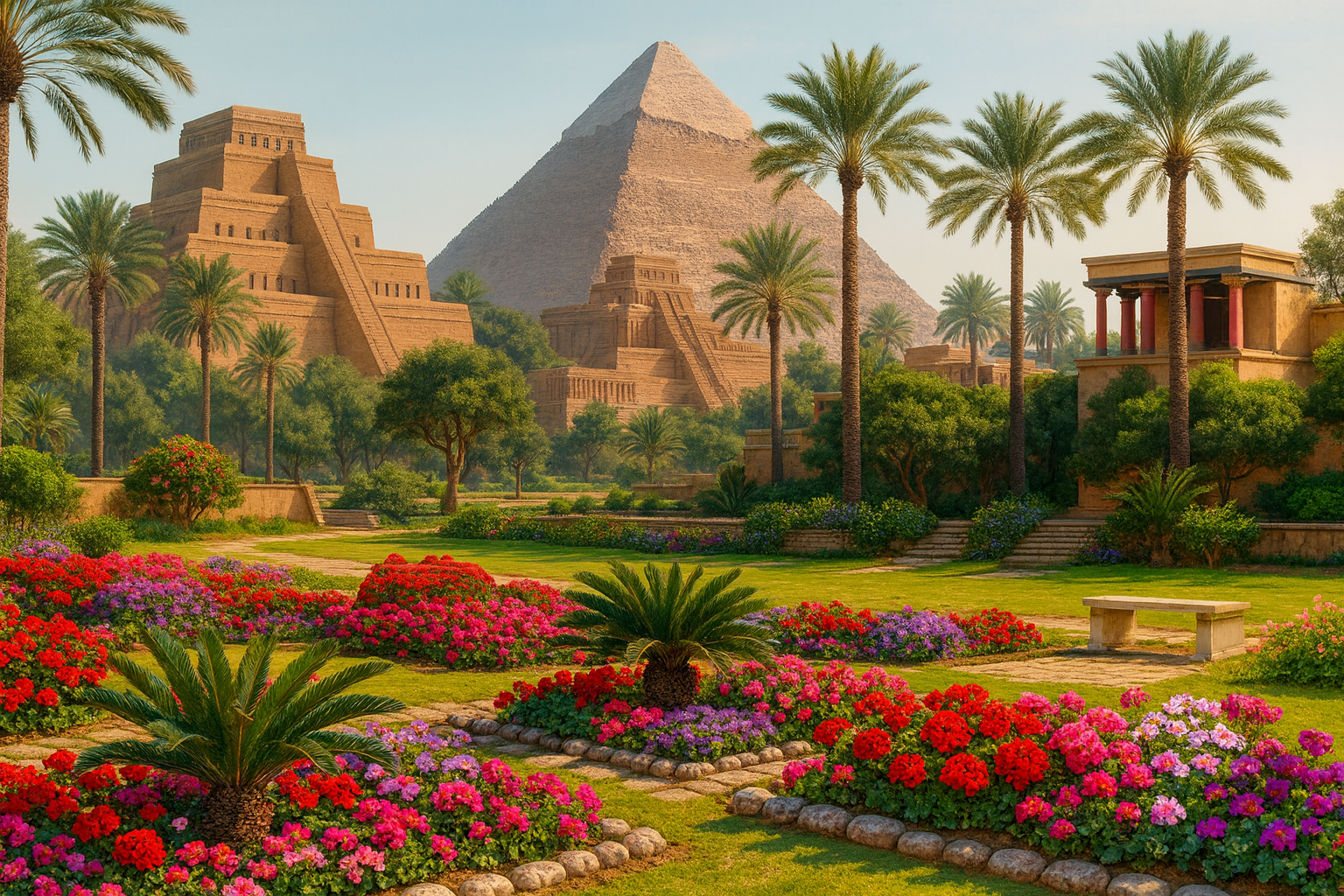The Amazon rainforest has long captivated the imaginations of archaeologists and historians alike. For centuries, it was considered an inhospitable realm, inhabited by scattered bands of hunter-gatherers. However, in the past two decades, groundbreaking discoveries have shattered these preconceptions, revealing that the Amazon was home to complex societies long before European colonization. The latest revelation comes from the Upano Valley in Ecuador, where a dense network of interconnected cities, dating back at least 2500 years, has been brought to light through the revolutionary technology of lidar mapping.
Lidar: A Game-Changer in Amazonian Archaeology
Lidar technology, which enables researchers to penetrate the dense forest cover and unearth ancient sites hidden beneath, has revolutionized our understanding of the pre-Columbian Amazon. It has proven invaluable in uncovering long-forgotten civilizations, as Carla Jaimes Betancourt, an archaeologist at the University of Bonn, attests. Lidar's ability to see through the forest canopy has become a powerful tool, allowing us to reconstruct the past with unprecedented clarity.
The Upano Valley Discovery
Stéphen Rostain, an archaeologist at CNRS, embarked on excavations in the Upano Valley nearly three decades ago. His team's focus on the settlements of Sangay and Kilamope unveiled a rich tapestry of ancient civilization. They discovered mounds, organized plazas, intricately decorated pottery, and large vessels used for the traditional maize beer chicha. Radiocarbon dating confirmed that these sites thrived from around 500 B.C.E. to between 300 C.E. and 600 C.E. However, the true magnitude of their discovery was yet to be realized.
A lidar map of the city of Kunguints in the Ecuadorian Amazon reveals ancient streets lined with houses. ANTOINE DORISON AND STÉPHEN ROSTAIN
The Lidar Revelation
In 2015, the National Institute for Cultural Heritage in Ecuador funded a lidar survey of the Upano Valley. Equipped planes emitted laser pulses into the forest, revealing topographic features that had remained concealed for centuries. For Rostain and his team, this marked a transformative moment. Lidar uncovered not only the connections between settlements but also revealed the existence of numerous other sites, effectively expanding the known map of ancient civilization in the region. The team identified five large settlements and ten smaller ones, each densely packed with residential and ceremonial structures. Wide, straight roads connected these cities, which indicated a level of urbanism that defied preconceived notions.
The Enigma of Population
While the scale and complexity of these settlements are undeniable, the exact population remains a mystery. The Upano Valley sites were expansive, with Kilamope alone covering an area comparable to the Giza Plateau in Egypt or the main avenue of Teotihuacan in Mexico. The extent of landscape modification in Upano rivals the "garden cities" of the Classic Maya, hinting at a remarkable degree of urban planning. However, as Fernando Mejía, an archaeologist at the Pontifical Catholic University of Ecuador, notes, this is only the beginning. The Ecuadorian Amazon is a treasure trove of hidden history, with much more waiting to be discovered.
A Chronological Breakthrough
The Upano Valley network of cities predates other known Amazonian civilizations by a millennium, including the recently discovered Llanos de Mojos in Bolivia. Not only are these cities older, but they also exhibit greater density and interconnectedness. The Amazon, as we once perceived it, was not a monolith but a tapestry of diverse cultures, as Rostain aptly suggests: "We say 'Amazonia,' but we should say 'Amazonias.'"
A large complex of earthen platforms in Nijiamanch, one of the urban settlements in the Upano Valley. STÉPHEN ROSTAIN
Unraveling the Tapestry
The intricate details of these ancient Amazonian cultures are still emerging. Both the Upano Valley and Llanos de Mojos were societies of farmers who constructed roads, canals, and civic structures. However, understanding the nuances of these societies, including their trade networks, governance, and social dynamics, is a task for future research. As archaeologist Thomas Garrison rightly emphasizes, it is too early to compare the Upano cities to civilizations like the Classic Maya and Teotihuacan, which were more complex and extensive. Nevertheless, the discovery of these ancient Amazonian cultures in the 21st century is a testament to the enduring mysteries of our planet's history.
The unveiling of the Upano Valley's ancient urban network through lidar technology is a watershed moment in Amazonian archaeology. It challenges our preconceptions about the region's historical significance and highlights the rich tapestry of civilizations that once thrived in the heart of the rainforest. One thing is still obvious as we work to unlock the mysteries of these ancient civilizations: the Amazon is a storehouse of untold history that future generations of historians and archaeologists will need to explore and comprehend.









